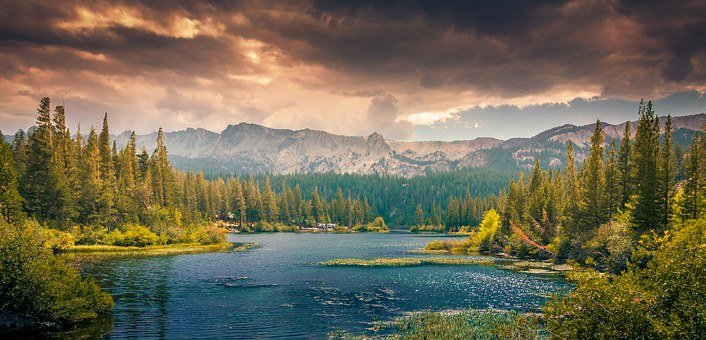
California seeks to prevent Nestle from taking water from forest
What’s happening? Water officials in drought-stricken California have presented a draft cease-and-desist order to Nestle in order to try to prevent the company from taking millions of gallons of water, which it bottles under the Arrowhead brand, from the state’s San Bernardino forest. The order still requires approval from the California Water Resources Control Board. Nestle claims that its rights to Californian spring water date to 1865, which cannot be easily challenged by the state’s water board. (The Guardian)
Why does this matter? Aside from the obvious environmental implications reduced water availability poses to local ecosystems and wildlife, the move against Nestle comes as California is experiencing its third driest water year. The case also highlights the water footprint of large corporates such as Nestle, which is often larger than we realise.
The price of water – The US’s bottled water industry is facing increased scrutiny over its use of natural resources. Nestle claims to have retained centuries-old rights to the state’s water, but an investigation in 2017 revealed it was siphoning much more than the 2.3 million gallons it could validly claim – by up to 25 times more on average, according to environmental group The Story of Stuff Project. The firm drew out 58 million gallons of water to be bottled under the brand Arrowhead last year, a report by the State Water Resources Control Board found. Nestle has been paying the US Forest Service $2,100 each year for a permit to operate, but takes the water for free.
The firm has been criticised for depleting Strawberry Creek, a tributary of the Santa Ana river which provides drinking water to around 750,000 residents. The area’s watersheds are also vital to California’s ecosystems and wildlife species. It’s also worth mentioning the role of bottled water in the global issue of plastic waste and microplastics, which travel through and pollute waterways and harm wildlife.
California’s drought – The state is facing another climate-driven drought just four years after a five-year long dry spell, which is already increasing its vulnerability to water shortages. The heightened frequency of droughts also brings concerns around California’s wildfire season, now a month longer than it was previously, a recent study found. Last year, the state experienced its first “gigafire” in decades. Limited water availability also affects agriculture – California’s combined crop produce including fruits, vegetables and nuts accounted for over 13% of the US’s total water use in 2018.
If the state’s order is approved, Nestle could face fines of up to $10,000 a day if drought is declared in the area it operates – carrying implications for similar firms in the future. Some firms have taken voluntary action, including Starbucks and Audi, which have recently committed to reduce water consumption as part of climate-related targets.
In terms of state-led action, the Save Our Springs Act was recently proposed in Florida which would charge firms five cents per gallon of water in attempts to hold them accountable for extracting groundwater to sell without paying for the resource. Elsewhere, Washington became the first US state to restrict firms from bottling local water in commercial operations deemed detrimental to the public welfare and public interest.
This article first appeared in our weekly newsletter, Sustt.


